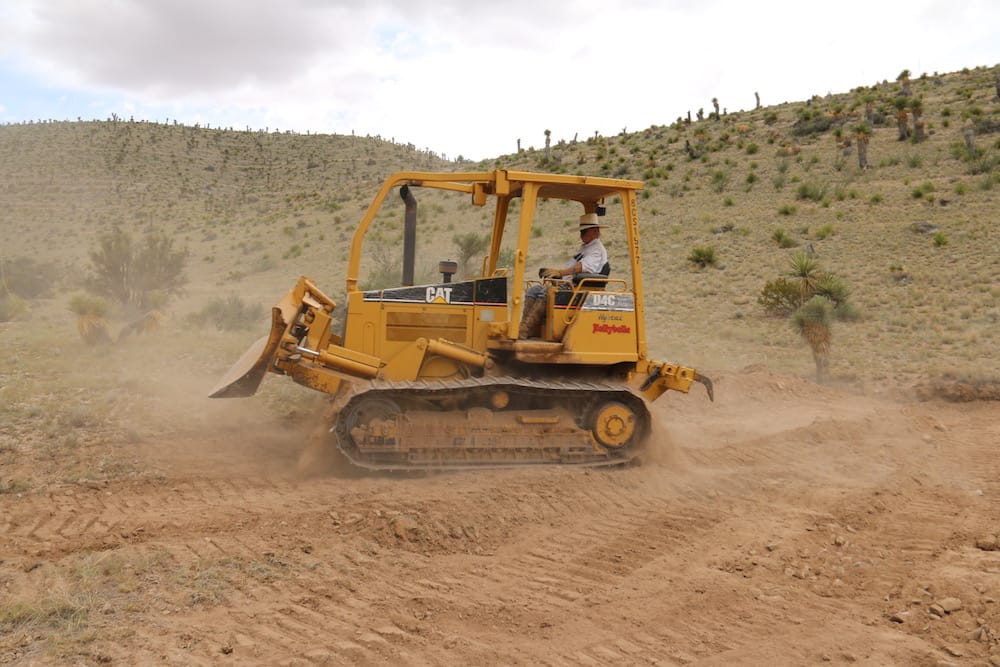Gulleys for Grassland Restoration: #7 Best Equipment

When we divert rainstorm runoff from eroding gulleys to restore desertifying canyons and grasslands, what are the best equipment & practices? Our conclusions might surprise you.
NOTE: this post was originally published to this site on September 4th, 2017
